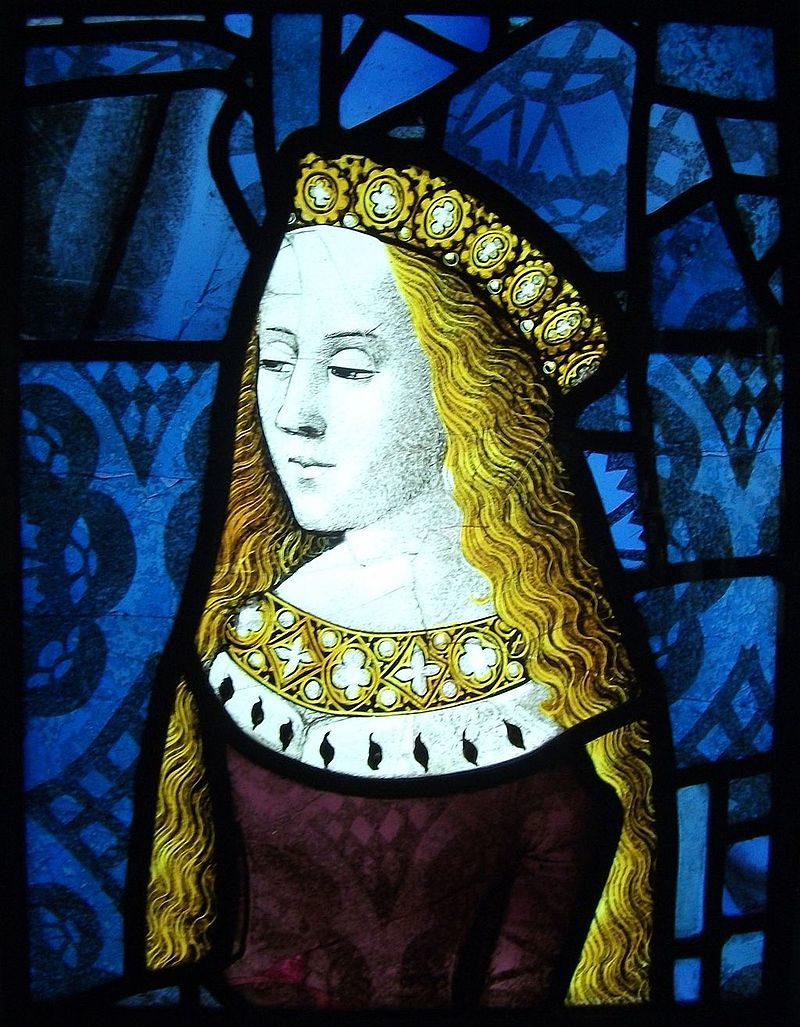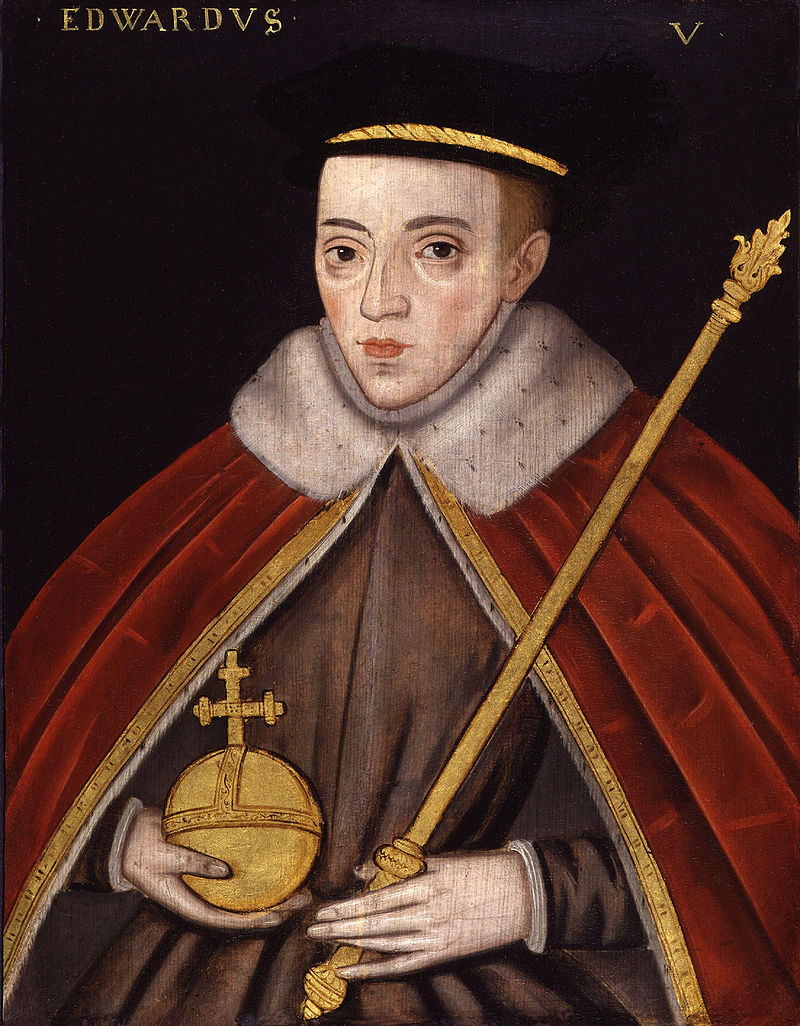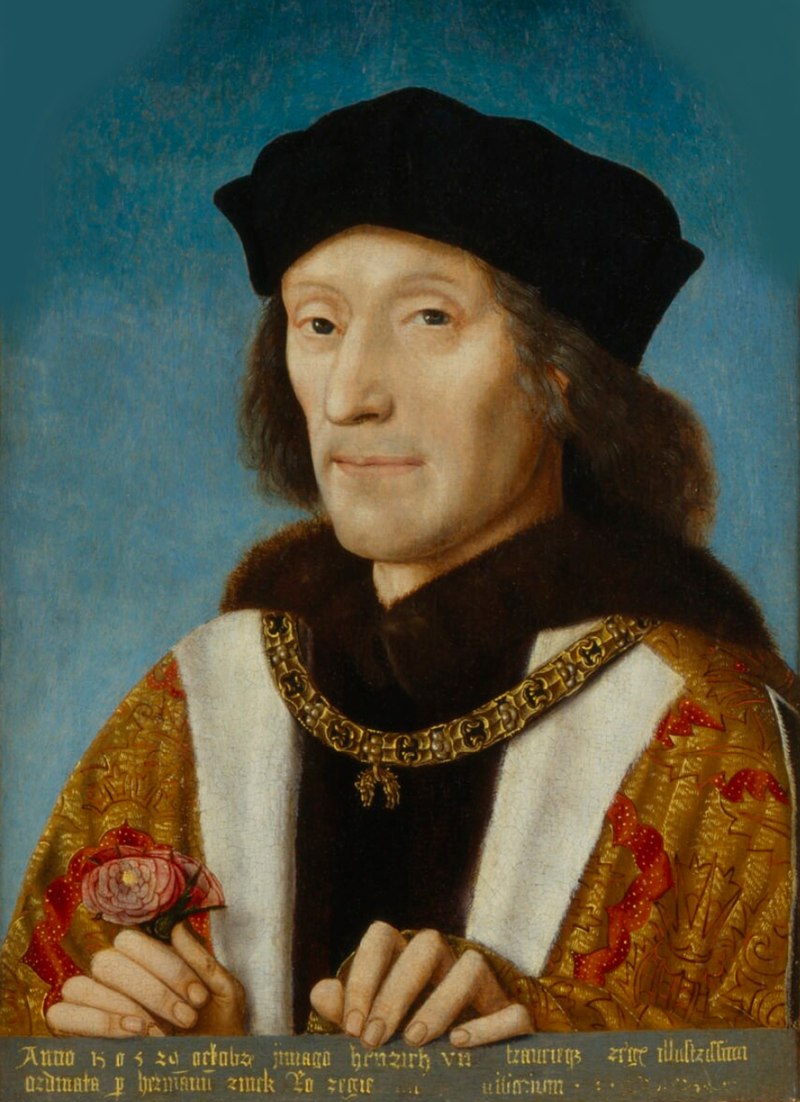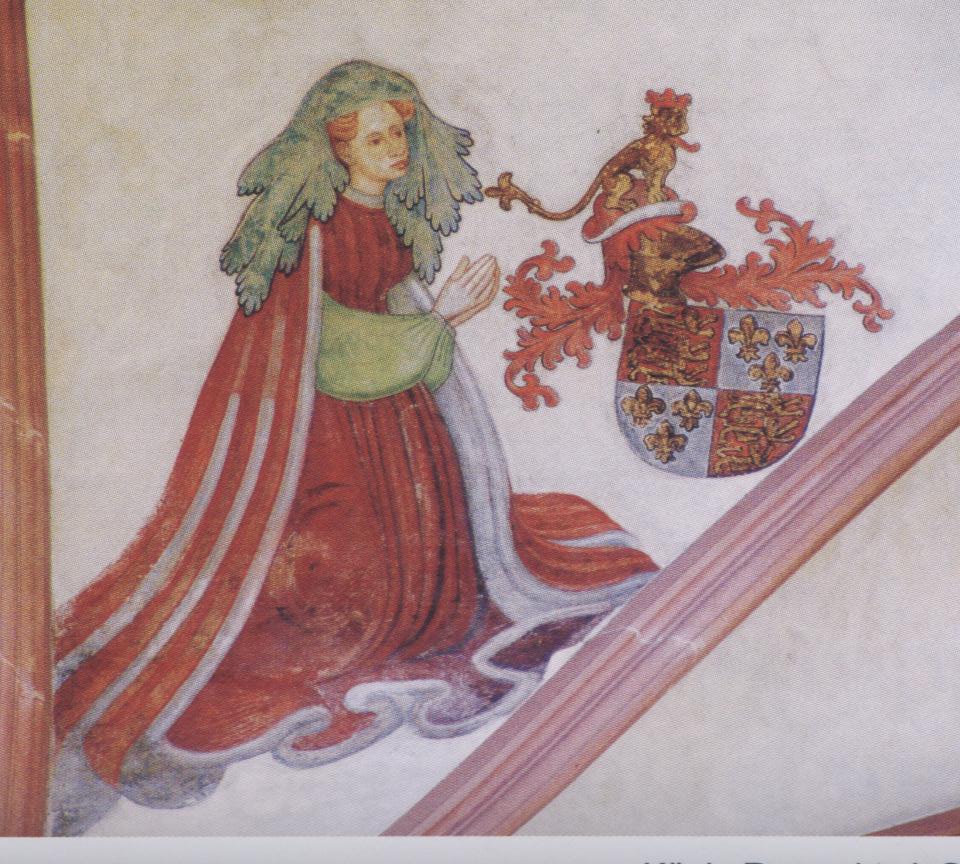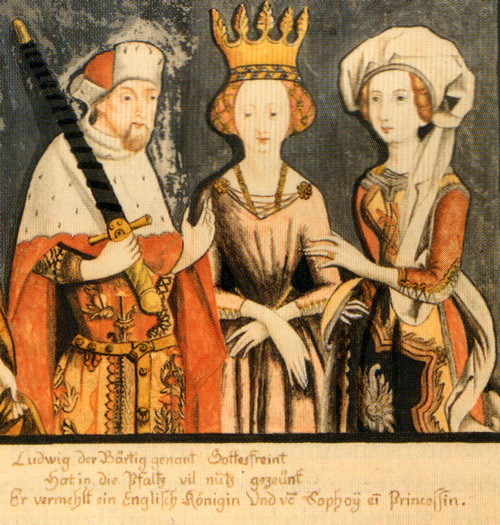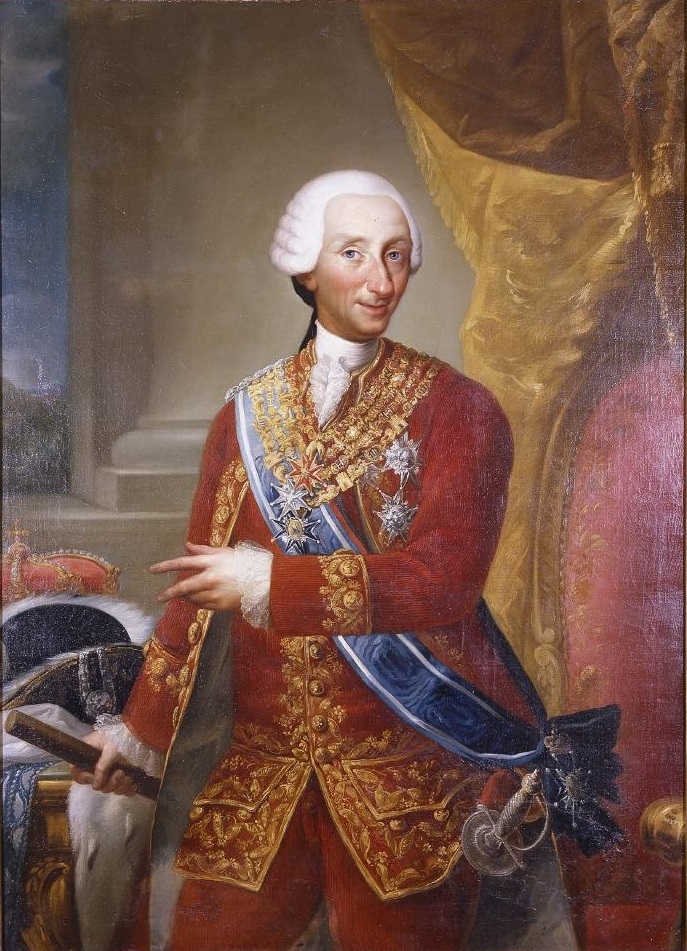by Susan Flantzer
© Unofficial Royalty 2023

Stained-glass depiction of Richard, Duke of York in the Royal Window of Canterbury Cathedral, Credit – Wikipedia
Sometimes called Richard of Shrewsbury after his place of birth, Richard, Duke of York has been immortalized as one of the two “Princes in the Tower” who mysteriously disappeared. He was born on August 17, 1473, at the Dominican Friary in Shrewsbury, Shropshire, England. Richard was the sixth of the ten children and the second of the three sons of King Edward IV of England, the first King of England from the House of York, and Elizabeth Woodville. His paternal grandparents were Richard of York, 3rd Duke of York and Cecily Neville, both great-grandchildren of King Edward III of England. His maternal grandparents were Sir Richard Woodville, 1st Earl Rivers and Jacquetta of Luxembourg.
Richard had nine siblings:
- Elizabeth of York, Queen of England (1466 – 1503), married King Henry VII of England, had seven children
- Mary of York (1467 – 1482), unmarried
- Cecily of York, Viscountess Welles (1469 – 1507); married (1) Ralph Scrope of Upsall, no issue, marriage annulled; (2) John Welles, 1st Viscount Welles, had issue, died young; (3) Sir Thomas Kyme, possible issue
- King Edward V of England (1470 – circa 1483); briefly succeeded his father, as King Edward V of England, was the elder of the Princes in the Tower
- Margaret of York (born and died 1472)
- Anne of York (1475 – 1511); married Thomas Howard (later 3rd Duke of Norfolk and uncle of Anne Boleyn and Catherine Howard, King Henry VIII’s beheaded wives), no surviving children
- George Plantagenet, 1st Duke of Bedford (1477 – 1479)
- Catherine of York (1479 – 1527); married William Courtenay, 1st Earl of Devon, had three children
- Bridget of York (1480 – 1517); became a nun
Richard had two half-siblings from his mother’s first marriage to Sir John Grey of Groby:
- Thomas Grey, 1st Marquess of Dorset (1455 – 1501), married (1) Anne Holland, no children; (2) Cecily Bonville, 7th Baroness Harington and 2nd Baroness Bonville, had 14 children; Thomas and Cecily are the great-grandparents of Lady Jane Grey
- Sir Richard Grey (1457 – 1483), unmarried, executed by Richard, Duke of Gloucester (future King Richard III)

A 19th-century painting portraying the marriage of Richard, Duke of York and Anne Mowbray. In reality, Anne was older than Richard; Credit – Wikipedia
On January 15, 1478, at St. Stephen’s Chapel in the old Palace of Westminster in London, England, four-year-old Richard, Duke of York married a wealthy heiress, five-year-old Anne Mowbray. Anne was the only child of John Mowbray, 4th Duke of Norfolk and Lady Elizabeth Talbot. When Anne was three-years-old, her father died, leaving Anne as the last of the Mowbray family. Anne inherited all her father’s estates and became the 8th Countess of Norfolk, 11th Baroness Mowbray, and 12th Baroness Segrave in her own right. She was one of the most eligible potential brides in England. King Edward IV arranged the marriage so he could control the vast possessions of the Mowbray family. However, eight-year-old Anne died circa November 19, 1481, at Greenwich Palace in London, and was buried in Westminster Abbey. Anna was the last of the Mowbray family, and Richard inherited her possessions but did not survive her for long.
On April 9, 1483, Richard’s father King Edward IV died, several weeks before his 41st birthday. Richard’s twelve-year-old brother became King Edward V of England and nine-year-old Richard was now the heir presumptive to the English throne. King Edward IV had named his brother Richard, Duke of Gloucester as Edward’s Lord Protector. The new king, King Edward V, set off for London with a group that included his maternal uncle Anthony Woodville, 2nd Earl Rivers and his half-brother from his mother’s first marriage, Sir Richard Grey. King Edward V and his party were intercepted by his paternal uncle and Lord Protector, Richard, Duke of Gloucester, who was coming from York. The Duke of Gloucester feared that the Woodvilles would attempt to take control of the young king. Anthony Woodville and Richard Grey were arrested and executed. The Duke of Gloucester had his nephew King Edward V brought to the Tower of London on May 19, 1483, to await his coronation, which never happened. Richard’s widowed mother Elizabeth Woodville and her other children, including nine-year-old Richard, sought sanctuary at Westminster Abbey, fearing the Duke of Gloucester’s further actions after the executions of her brother and son. Cardinal Thomas Bouchier persuaded Elizabeth to let her second son Richard, Duke of York leave sanctuary and join his lonely older brother at the Tower of London. Richard joined his brother on June 16, 1483.

19th-century painting of King Edward V and Richard, Duke of York at the Tower of London by Paul Delaroche, 1830. Credit – Wikipedia
Richard, Duke of Gloucester was persuaded by an unknown clergyman, probably Robert Stillington, the Bishop of Bath and Wells, that King Edward IV’s marriage was invalid because he had previously contracted to marry Lady Eleanor Butler, who was living when the marriage to Elizabeth Woodville took place. If true, this would have made Edward IV and Elizabeth’s children illegitimate and upheld Richard’s claim to the throne. The citizens of London drew up a petition asking Richard, Duke of Gloucester to assume the throne, which he agreed to on June 26, 1483, as King Richard III. On July 6, 1483, King Richard III and his wife Anne Neville were crowned in Westminster Abbey. The Titulus Regius, enacted by Parliament in 1484 officially declared Edward IV’s children illegitimate.
Richard and his brother, the former King Edward V were seen less and less until the end of the summer of 1483 when they disappeared from public view altogether. Their fate is unknown and remains one of history’s greatest mysteries. There are a number of theories, and the most plausible lay blame on King Richard III (the former Duke of Gloucester), Henry Stafford, 2nd Duke of Buckingham, or King Henry VII (Henry Tudor before he became king).
On August 22, 1485, at the Battle of Bosworth Field, Henry Tudor defeated King Richard III, who was killed in the battle, and became King Henry VII, the first Tudor king of England. Richard Duke of York’s sister Elizabeth of York and Henry VII were married on January 18, 1486, at the Palace of Westminster. Henry VII had Parliament repeal Titulus Regius, the act that declared King Edward IV’s marriage invalid and his children illegitimate. The Tudor Rose, a combination of the Red Rose of Lancaster and the White Rose of York, symbolized the new House of Tudor.
Workers doing some remodeling in the Tower of London in 1674 dug up a wooden box containing two small human skeletons. The bones were found buried ten feet under the staircase leading to the Chapel of St. John the Evangelist in the White Tower at the Tower of London. Presuming the remains were those of King Edward V and Richard, Duke of York, King Charles II ordered the remains placed in an urn in Westminster Abbey. In 1933, the remains were removed from the urn and examined. The conclusion was that the bones belonged to two children around the correct ages for the princes. This examination has been criticized with one of the issues being no attempt was made to determine if the remains were male or female. There has been no further examination and the remains are still in the urn in Westminster Abbey.
In 1789, workers doing repairs in St. George’s Chapel at Windsor Castle accidentally broke into the vault where Edward IV and Elizabeth Woodville were interred. Adjoining that vault was another vault, which contained the coffins of two children, and was inscribed with the names of two of Edward IV’s children who had predeceased him, George, 1st Duke of Bedford, who had died at age two, and Mary of York who had died at age 14. However, during the 1810 – 1813 construction of the Royal Tomb House in St. George’s Chapel, two other coffins clearly labeled as George Plantagenet and Mary Plantagenet were discovered and moved into Edward IV’s adjoining vault. Especially after the excavation and positive identification of King Richard III’s remains, this leads us to question exactly whose remains are in those four coffins, but the royal approval required for any testing of an interred royal has been not granted.
This article is the intellectual property of Unofficial Royalty and is NOT TO BE COPIED, EDITED, OR POSTED IN ANY FORM ON ANOTHER WEBSITE under any circumstances. It is permissible to use a link that directs to Unofficial Royalty.
Works Cited
- Flantzer, Susan. (2016) Elizabeth of York, Queen of England, Unofficial Royalty. Available at: https://www.unofficialroyalty.com/elizabeth-of-york-queen-of-england/ (Accessed: January 18, 2023).
- Flantzer, S. (2016) King Edward IV of England, Unofficial Royalty. Available at: https://www.unofficialroyalty.com/king-edward-iv-of-england/ (Accessed: January 18, 2023).
- Weir, Alison. (1989) Britain’s Royal Families: The Complete Genealogy. London: Vintage Books.
- Williamson, David. (1996) Brewer’s British Royalty: A Phrase and Fable Dictionary. London: Cassell.










